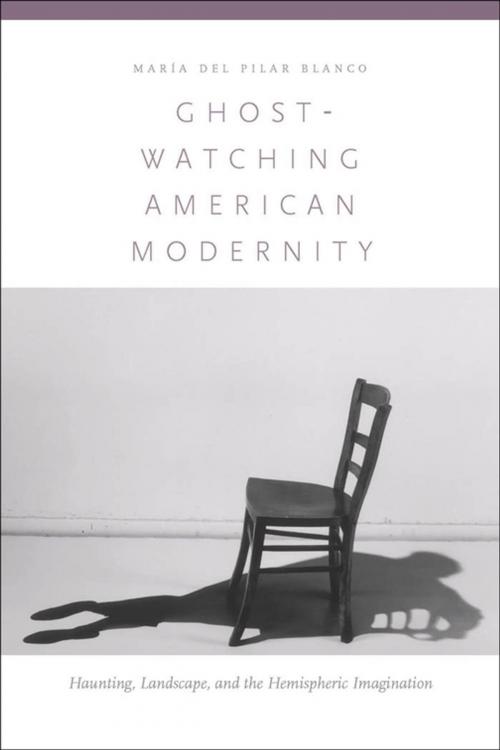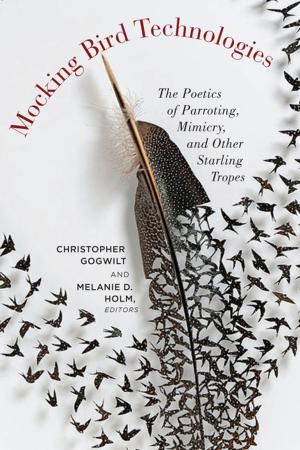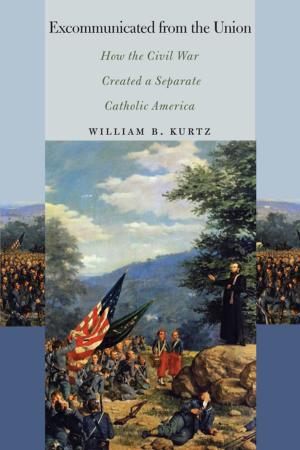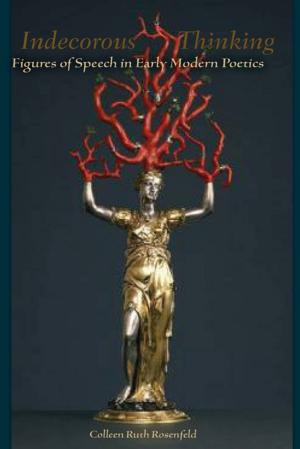Ghost-Watching American Modernity
Haunting, Landscape, and the Hemispheric Imagination
Fiction & Literature, Literary Theory & Criticism, American, Nonfiction, Religion & Spirituality, Occult, Supernatural, New Age| Author: | María del Pilar Blanco | ISBN: | 9780823242160 |
| Publisher: | Fordham University Press | Publication: | March 1, 2012 |
| Imprint: | American Literatures Initiative | Language: | English |
| Author: | María del Pilar Blanco |
| ISBN: | 9780823242160 |
| Publisher: | Fordham University Press |
| Publication: | March 1, 2012 |
| Imprint: | American Literatures Initiative |
| Language: | English |
In Ghost-Watching American Modernity, María del Pilar Blanco revisits nineteenth- and twentieth-century texts from Spanish America and the United States to ask how different landscapes are represented as haunted sites. Moving from foundational fictions to Westerns, Blanco explores the diverse ways in which ghosts and haunting emerge across the American hemisphere for authors who are preoccupied with evoking the experience of geographical transformations during a period of unprecedented development.
The book offers an innovative approach that seeks to understand ghosts in their local specificity, rather than as products of generic conventions or as allegories of hidden desires. Its chapters pursue formally attentive readings of texts by Domingo Sarmiento, Henry James, José Martí, W. E. B. Du Bois, Juan Rulfo, Felisberto Hernández, and Clint Eastwood. In an intervention that will reconfigure the critical uses of spectrality for scholars in U.S./Latin American Studies, narrative theory, and comparative literature, Blanco advances ghost-watching as a method for rediscovering haunting on its own terms.
In Ghost-Watching American Modernity, María del Pilar Blanco revisits nineteenth- and twentieth-century texts from Spanish America and the United States to ask how different landscapes are represented as haunted sites. Moving from foundational fictions to Westerns, Blanco explores the diverse ways in which ghosts and haunting emerge across the American hemisphere for authors who are preoccupied with evoking the experience of geographical transformations during a period of unprecedented development.
The book offers an innovative approach that seeks to understand ghosts in their local specificity, rather than as products of generic conventions or as allegories of hidden desires. Its chapters pursue formally attentive readings of texts by Domingo Sarmiento, Henry James, José Martí, W. E. B. Du Bois, Juan Rulfo, Felisberto Hernández, and Clint Eastwood. In an intervention that will reconfigure the critical uses of spectrality for scholars in U.S./Latin American Studies, narrative theory, and comparative literature, Blanco advances ghost-watching as a method for rediscovering haunting on its own terms.















